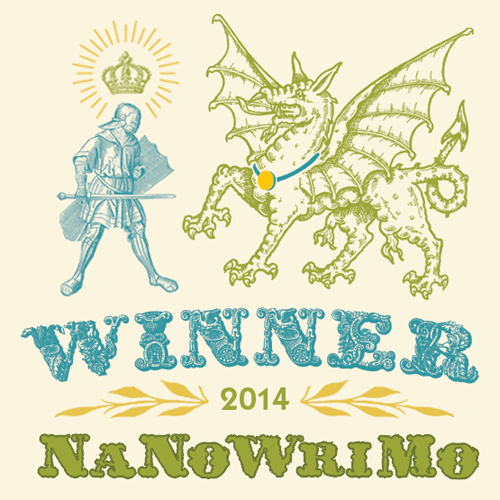Today I read a blog post that advised writers to keep track of ideas for their writing, things they see or hear in life that may work their way into a story one day. I thought, cool, I do that. Then I realized, except in specific situations, I don’t do that. Here’s why.
There is no limit to ideas. That’s it. There’s always another one around the corner. My brain churns out ideas all the time. If I tried to write down even just the interesting things I see that might be useful in a story someday, I’d never write any real stories!  This doesn’t mean I never write down story ideas, just that I stopped concerning myself with “oh no, I must write that down or I’ll forget it for a story idea”. I ONLY write down (in an Evernote note) really really really ‘stumbled upon’ interesting things, noting the source as well, in case I need to go back and explore it more. Some of these have become the stubs of projects. Maybe two. Most haven’t, though.
This doesn’t mean I never write down story ideas, just that I stopped concerning myself with “oh no, I must write that down or I’ll forget it for a story idea”. I ONLY write down (in an Evernote note) really really really ‘stumbled upon’ interesting things, noting the source as well, in case I need to go back and explore it more. Some of these have become the stubs of projects. Maybe two. Most haven’t, though.
Another reason I stopped is because I’m by nature a hoarder, or at least a ‘can’t throw it away because I know I’ll need it one day’ type. My story idea file got nutso large (like my ‘to read’ list — sigh). The likelihood of ever working up the ideas or snippets, or even remembering they are there, is very low. Isn’t that what the Internet is for? Ideas need context to be useful. Square peg and round holes comes to mind as well. So the likelihood of a particular idea some day some time will fit a real project is low.
BUT, there are ideas that I grab onto and capture as soon as I can: ideas that relate to the project I’m working on RIGHT NOW. The reason for this is that the usefulness is real, not at some time for some story some day. I write these down. I may not be in a place to connect the idea in the project at this particular point in time. It may fit later in a chapter that I’m not writing yet. It may be an exciting plot idea that would beef up a particular point in the story during revision. It may be something I read in life that resonates with my fictional world to make the fiction feel more realistic. It may be something about a character that I had been unaware of. These ideas have context and function – right now, not in some amorphous future maybe-might-get-around-to-it-one-day project. These ideas help me accomplish a current goal. Where I keep them is in my chapter diary [see Writing techniques I’ve learned in Nano 2014] so they are readily available for consideration, particularly in the first revision pass or if I’m stuck and need a way in to start writing again on this project.
If they are ideas that pop into my head presumably from nowhere, rather than from external observation, I definitely capture these. They haven’t come from nowhere at all. They have come from my subconscious mind, which has been working away on a problem or gap or creative direction for the story without me even being aware ol’ subby is doing it. These are diamond ideas. These are precious and must be respected and adored. This is the real author at work.
So the next time you find yourself falling into the procrastination trap of collecting story ideas that never get written instead of adding words to a real project, stop yourself and see if changing your attitude, trusting your subconscious, and getting on with writing your characters might not be time better spent.
Is it just me? Or do you feel the same? Feel free to leave a comment with your own use of idea collection.
